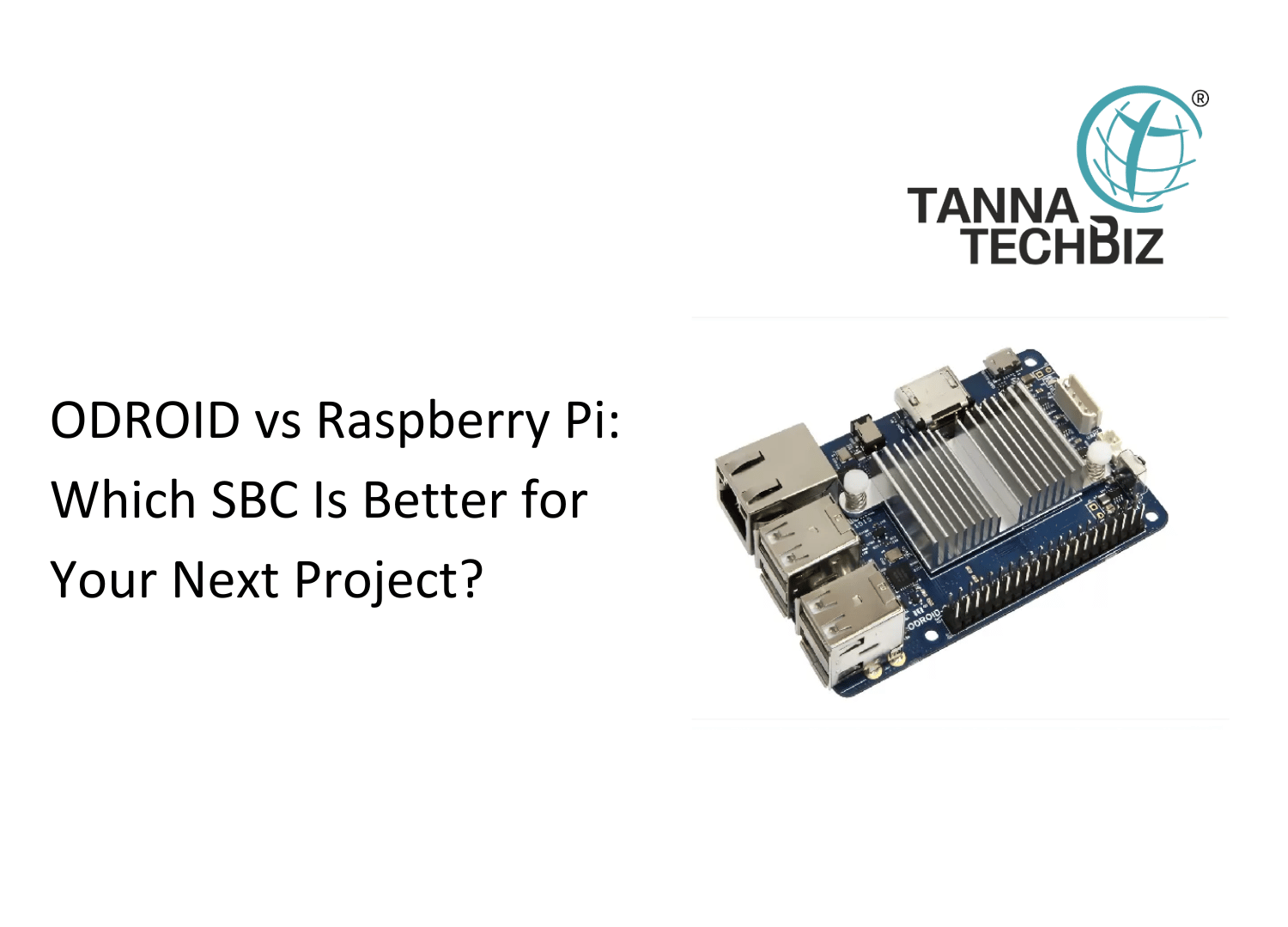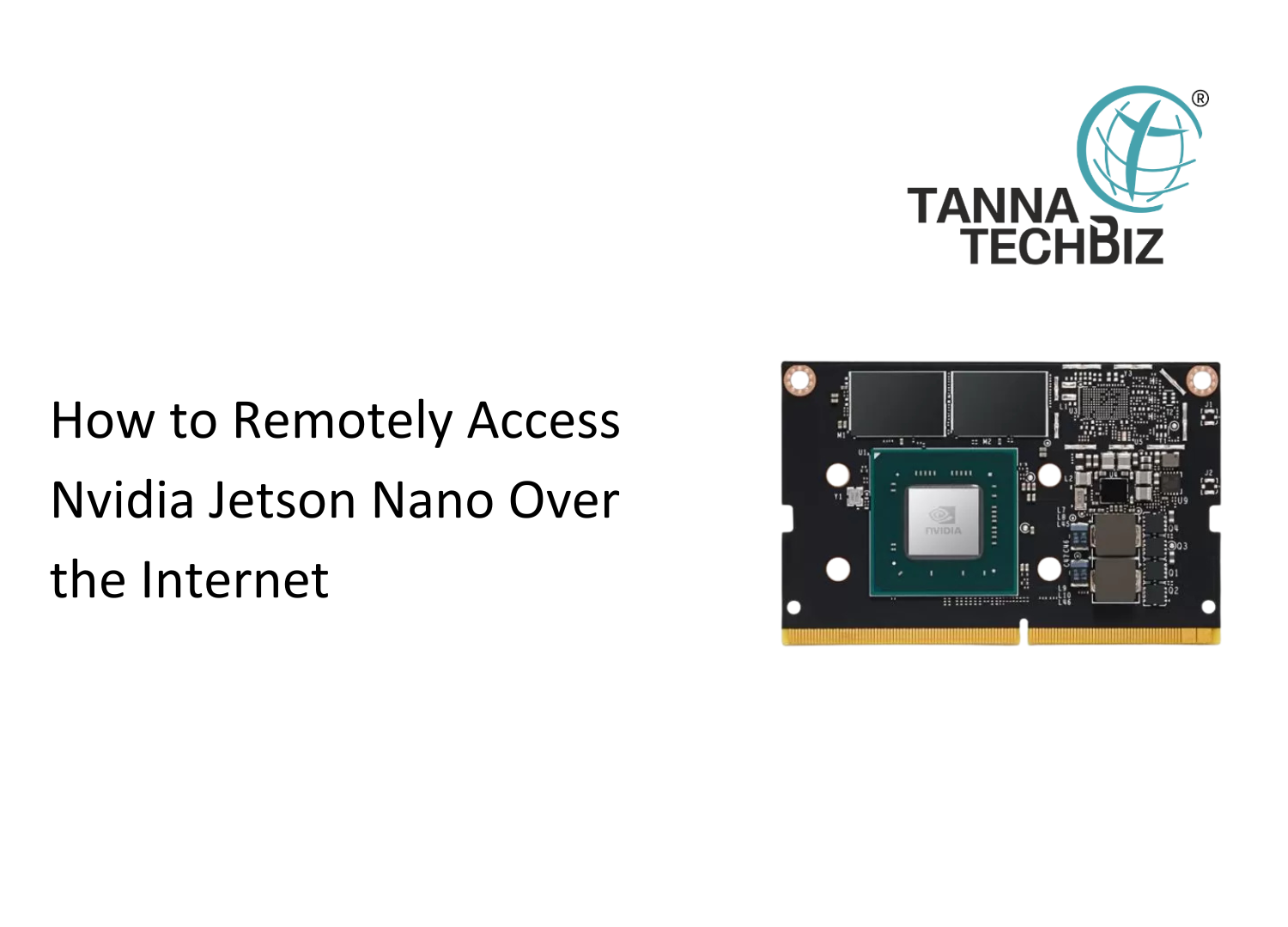ODROID vs Raspberry Pi: Which SBC Is Better for Your Next Project?
October 29, 2025 51

Choosing between ODROID vs Raspberry Pi is like deciding whether to buy a pickup truck or a versatile hatchback: both get you where you need to go, but one is built for heavy loads while the other is tuned for everyday ease. This guide gives a clear, practical comparison so you can match the right single-board computer (SBC) to your project requirements.
Key differences at a glance
Key differences at a glance
- ODROID: Often uses more powerful SoCs and faster RAM options. Better sustained performance for CPU/GPU-heavy workloads thanks to stronger cooling and eMMC storage options.
- Raspberry Pi: Solid burst performance with great single-thread compatibility and wide software optimization; may throttle sooner under heavy continuous load.
Software, drivers & ecosystem
- Raspberry Pi: Largest beginner-to-advanced community, official OS images, many tutorials, and a large HAT/add-on ecosystem.
- ODROID: Active niche community; good Linux and Android support, sometimes requires manual driver work for niche peripherals.
I/O & expandability
- Raspberry Pi: Broad accessory support (camera, display, HATs), built-in Wi-Fi/Bluetooth on most models.
- ODROID: Often offers eMMC sockets, multiple USB 3.0 ports, and better native storage throughput on selected models.
Which should you pick? Practical checklist
Choose Raspberry Pi if:
You want maximum community support, tutorials, and official accessories.
Your project needs Wi-Fi/Bluetooth and easy multimedia/display support.
Choose ODROID if:
You need higher sustained CPU/GPU performance, better thermal design, or specific I/O (eMMC, more USB 3.0).
Your application is performance-sensitive (edge AI inferencing, media transcoding).
Takeaway & next steps
Both platforms are excellent — Raspberry Pi for ease, community, and broad compatibility; ODROID for raw performance and thermal robustness. Next steps: list your project requirements (CPU/GPU, RAM, storage type, wireless, GPIO count), then match them against the spec sheets (ODROID official pages and Raspberry Pi product pages linked above). If you want, paste your project checklist here and I’ll recommend a specific model and accessories.



